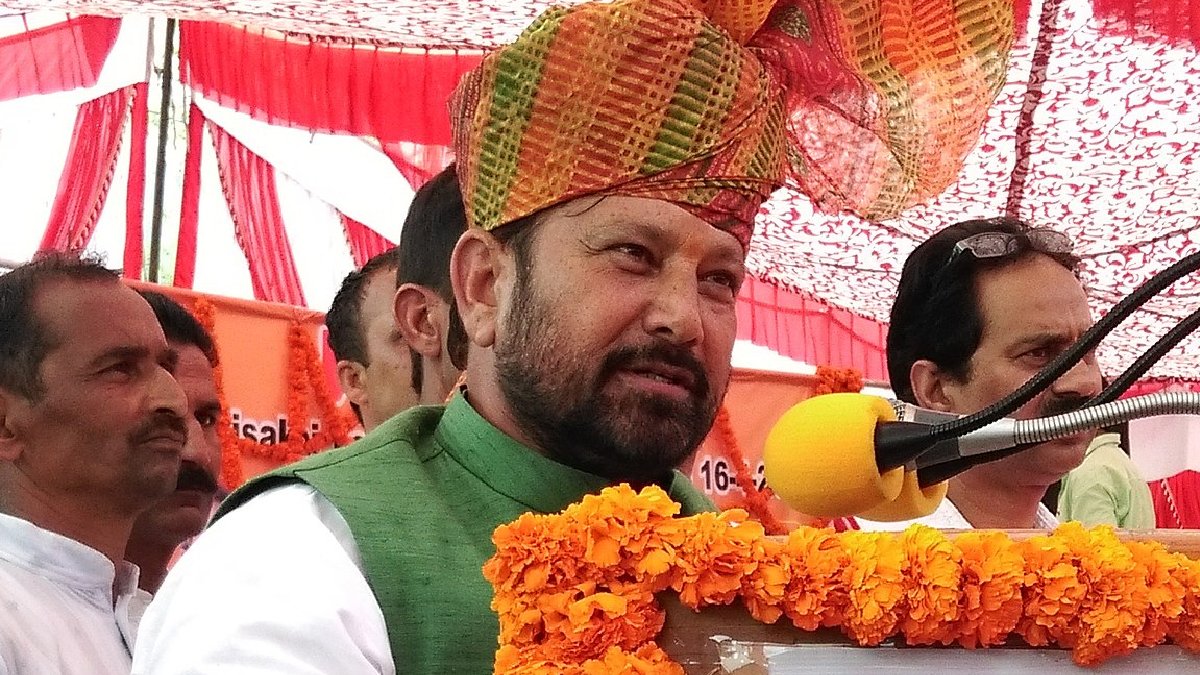
Eyesight in trouble: Lockdown due to COVID-19 increases risk of 'quarantine myopia'
New Delhi, June 17: If you are reading this without any problem, be glad that there is not much trouble for your eyesight. But, there are some who are currently under homeschooling, working from home and are all staring at screens, tablets, and mobile phones even more than they used to do before the pandemic.

It can be seen that many spend endless amounts of time at home and rarely go outside. But that means our eyes are constantly focused on objects in close range inside, and we are lacking the benefits of looking into the distance.

Exercise your eyes
Lack of exercise is noticeable in children, including exercise for their eyes. According to recent studies from the Netherlands and China, a result of COVID-19 restrictions, myopia has increased dramatically, especially in children. The phenomenon has been called "quarantine myopia".
Data from more than 120,000 Chinese school children showed that kids between the ages of six and eight were up to three times more likely to have myopia in 2020 than children of their age in previous years. In this age group, visual acuity shifted by a substantial 0.3 diopters towards myopia.
What are the formative factors?
This changes in the eyesight in young children is particularly frightening because being nearsighted is determined at an early age. Once someone is nearsighted, they stay that way. In most cases, nearsightedness begins in primary school and it increases as children grow up.

If the eyeball grows too much between the ages of six and 10, it means the child has a harder time seeing objects farther in the distance. Severe nearsightedness also increases the risk of retinal detachment or even blindness later in life.
The epidemic of near-sightedness
There is even a direct correlation between increased educational opportunities and poorer vision - the higher the level of education, the higher the risk of myopia.
"The increase is mainly due to very early and intensive use of PCs, smartphones and tablets, combined with increasingly shorter amounts of time spent outdoors during the day," said Nicole Eter, Director of the Department of Ophthalmology at the University of Münster.

According to reports, Asian countries have above-average rates of nearsighted children and adolescents. For example, after World War II, nearly 30 per cent of 20-year-olds in Hong Kong, Taiwan and South Korea were nearsighted; today the figure is more than 80 per cent.
How to fight Myopia?
The risk of myopia can be reduced by not staring too long at an object in close range, regardless of whether it is a smartphone or an exciting book. The important factor is distance.
This risk can be reduced primarily by longer amounts of time spent outdoors, because daylight inhibits further growth of the eyeball. In enclosed rooms, the light intensity averages 300 to 500 lux (a measure of light levels), whereas on a bright summer day it can be around 100,000 lux outside.
Blue light affects sleep
Excessive use of electronic media does not just lead to more nearsightedness. It can also irritate, tire and dry out children's eyes. Constantly looking at screens also affects spatial awareness. Blurred vision or squinting can result from too much time spent on devices.
In addition, smartphone use in the evening may lead to sleep disorders.
"The high blue light content of the screens inhibits the release of the hormone melatonin, which makes you sleepy," explained Eter.


 Click it and Unblock the Notifications
Click it and Unblock the Notifications


































